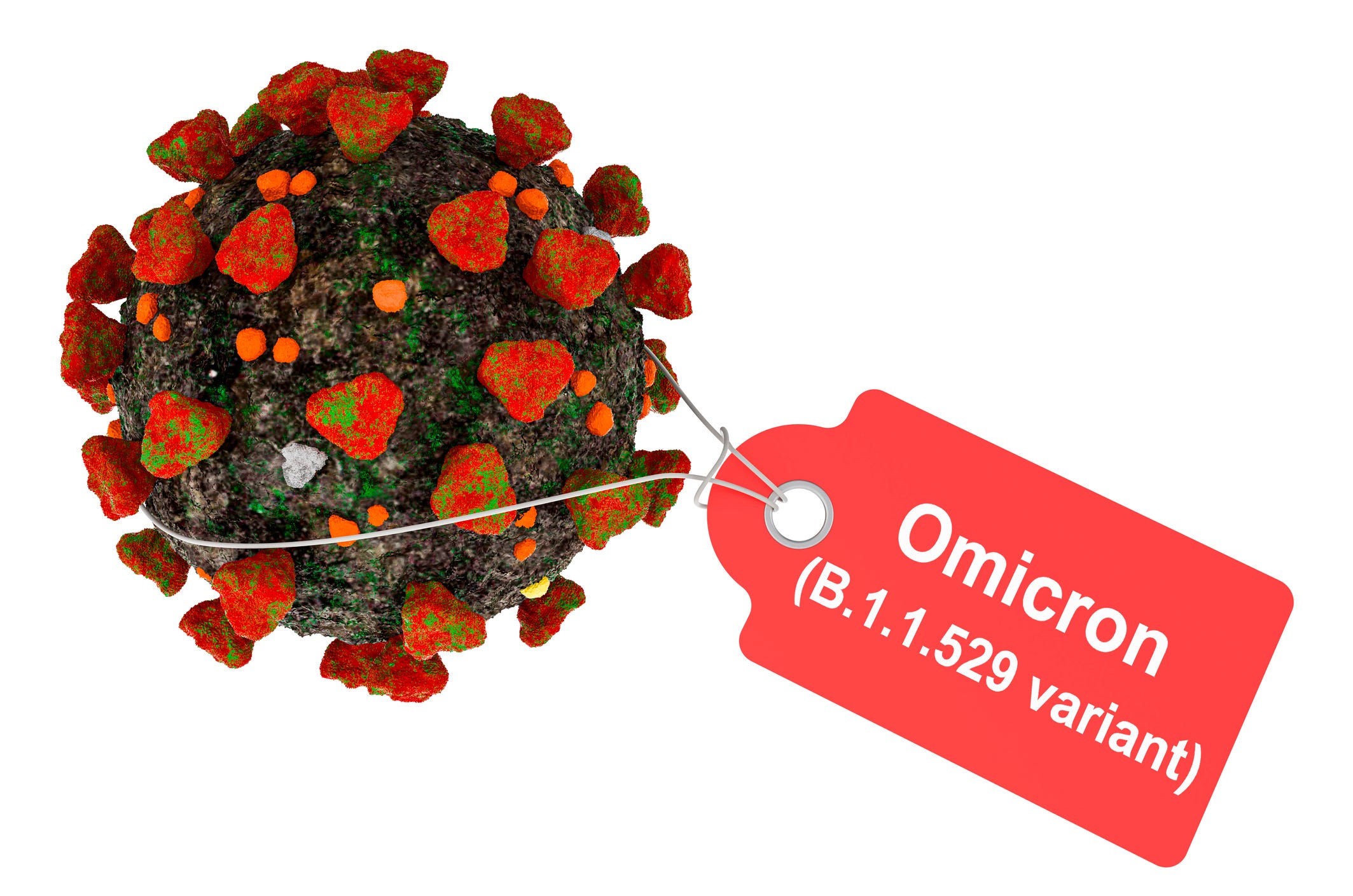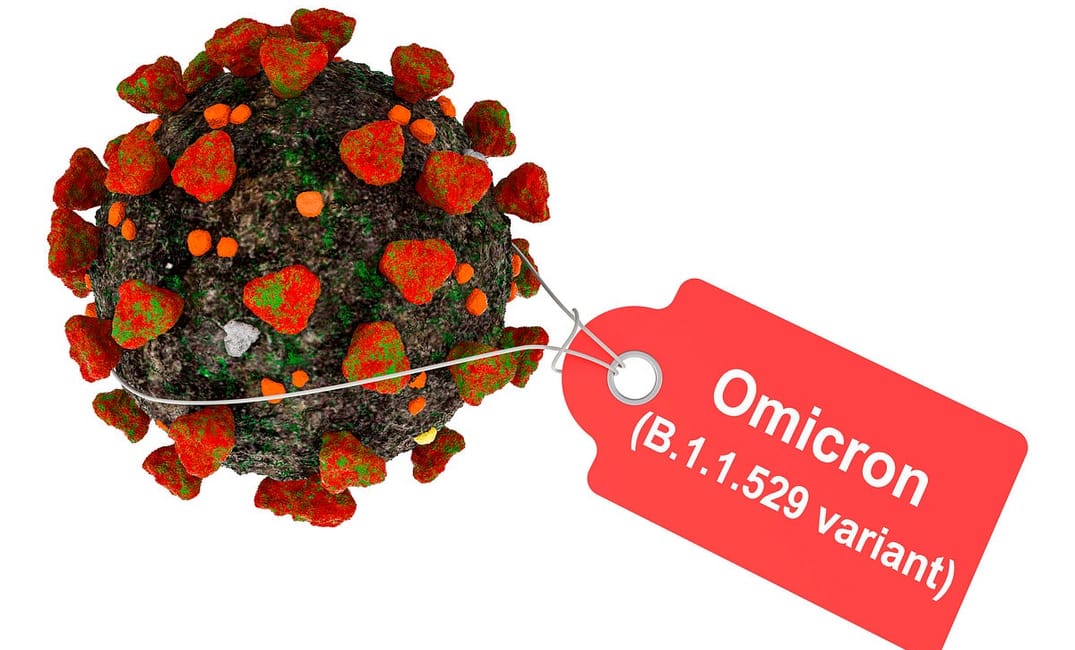
With dire reports about the Omicron variant spreading around the world, many people in the Bay Area are wondering when this variant will reach our region. The variant, itself, has extra mutations — leading to worries by major scientists that it might be able to evade vaccines, or may spread more easily than the Delta variant.
If the Omicron variant is indeed more infectious than Delta, it’s likely that the variant has already arrived here in San Francisco.
We are likely to begin hearing about detected cases in California later this week if the virus is indeed spreading here.
Detecting variants isn’t as easy as detecting the disease overall. In order to determine what variant has infected a person; the virus has to be sequenced in a process called Genomic Surveillance. This sequencing takes somewhat more time than normal testing; new variants can take extra time to be detected after they’ve begun to spread.
Given that officials have said it’s likely the virus variant is already spreading in the United States, that means it’s also likely that it’s spreading here in the Bay area. If the Omicron variant is indeed as powerful as public health officials fear, it is likely competing with the Delta variant already. Generally, the most effective variant wins out and quickly becomes responsible for the majority of infections.
That means that if Omicron is more infective and transmits more easily than Delta, it’s likely already on its path to becoming dominant and pushing the previous variants out. We are likely to begin hearing about detected cases in California later this week if the virus is indeed spreading here.
What does that mean for the Bay Area? That remains to be seen. Scientists worldwide are currently rushing to determine how serious infections with the Omicron variant are. If the variant leads to higher rates of hospitalization, its spread in the Bay area could be very serious. Some physicians have suggested that the infection might lead to milder cases, in which case we may see a surge of cases in the Bay area, but not a corresponding spike in hospitalizations or deaths.
There’s one piece of good news for the Bay Area: Because we are located on America’s West Coast, much of our air traffic comes from Asian countries instead of European ones. And because the Omicron variant appears to be spreading from Africa through Europe and into the United States, it’s likely to enter our country first on the East Coast, rather than here in the West. To be clear, that doesn’t mean that the Omicron variant will avoid us. Once a new variant begins to spread, it tends to reach all geographies relatively quickly. That was certainly the case with the Delta variant, which spread worldwide in a matter of months.
What our geography does mean is that we may have some extra time between when the Omicron variant was first detected and when it out-competes the Delta variant here, becoming dominant. That will give scientists more time to determine how serious the variant is and whether current vaccines are effective against it before it’s spreading as widely here. That extra time could give us an advantage in fighting Omicron, and provide additional days or weeks for scientists to develop new modified vaccines against the variant if this is needed.
The Bay Area also has an unusually high vaccination rate relative to the rest of the country, as well as many places abroad. Although scientists are still determining how effective current vaccines are against the Omicron variant, any level of vaccination should provide some protection. That may slow the spread of the variant here, again buying us some precious time. If the Omicron variant turns out to be a serious as many fear, there won’t be any way for the Bay area to avoid it. Our unique geography and high vaccination rate, though, might slow down the spread enough that we can get an informational leg-up on the variant before it becomes dominant.
Sign up for The Bold Italic newsletter to get the best of the Bay Area in your inbox every week.
As with all SARS-CoV-2 variants, the best advice for Bay Area residents is to get vaccinated, get a booster if you’re eligible, and follow the guidelines the public health officials have established since the early days of the pandemic. Be especially careful if you’re traveling this holiday season, and be aware of flight restrictions from certain international destinations.







